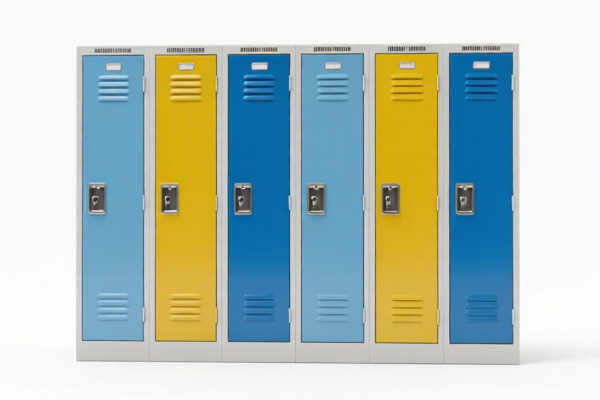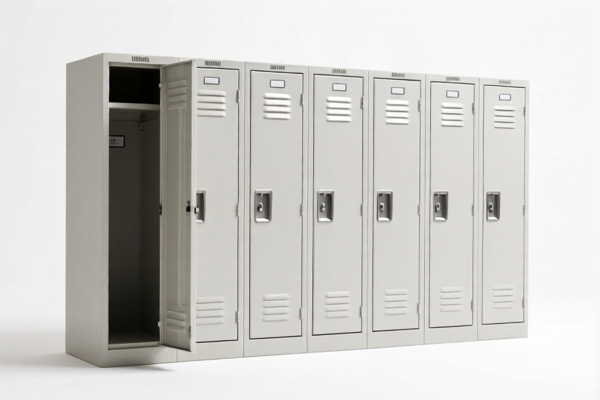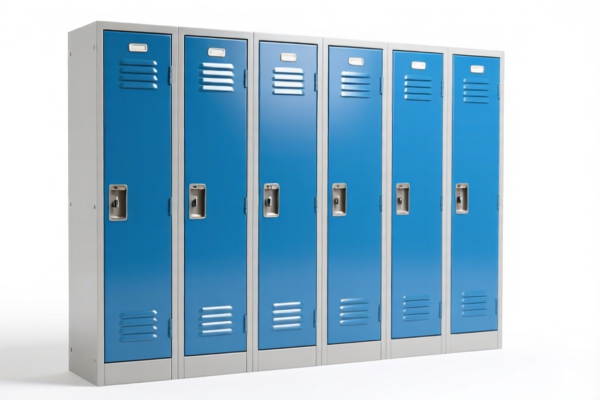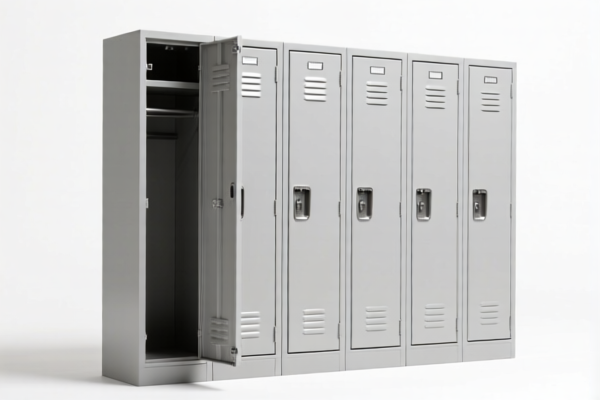| HS Code | Official Doc | Tariff Rate | Origin | Destination | Effective Date |
|---|---|---|---|---|---|
| 8419815080 | Doc | 37.5% | CN | US | 2025-05-12 |
| 8419896000 | Doc | 55.0% | CN | US | 2025-05-12 |
| 8514399000 | Doc | 56.3% | CN | US | 2025-05-12 |
| 8514400000 | Doc | 55.0% | CN | US | 2025-05-12 |
| 8439300000 | Doc | 55.0% | CN | US | 2025-05-12 |
| 8304000000 | Doc | 33.9% | CN | US | 2025-05-12 |
| 9403409060 | Doc | 55.0% | CN | US | 2025-05-12 |
| 8310000000 | Doc | 55.0% | CN | US | 2025-05-12 |
| 7321113010 | Doc | 80.0% | CN | US | 2025-05-12 |
| 7321113020 | Doc | 80.0% | CN | US | 2025-05-12 |
| 7326908688 | Doc | 82.9% | CN | US | 2025-05-12 |




Heating Cabinet
A heating cabinet is an enclosed, temperature-controlled unit designed to maintain or elevate the temperature of items stored within. These cabinets are utilized across diverse sectors, primarily for preserving food warmth, sterilizing medical instruments, or keeping sensitive materials at a consistent temperature.
Materials & Construction
Heating cabinets are commonly constructed from the following materials:
- Stainless Steel: Predominantly used in commercial kitchens and medical settings due to its durability, ease of cleaning, and resistance to corrosion.
- Carbon Steel: Often found in industrial applications or where higher heat resistance is required. Typically coated to prevent rust.
- Aluminum: Lighter weight and suitable for lower-temperature applications, sometimes used in transportable models.
- Insulation: Materials like fiberglass, mineral wool, or foam are incorporated to minimize heat loss and maintain internal temperature.
- Heating Elements: Electric resistance heaters are most common, though gas heating elements are also used in some models.
- Control Systems: Digital or analog thermostats and timers regulate temperature and operation duration.
Purpose & Function
The primary function of a heating cabinet is temperature control. This is achieved through:
- Heating: Raising the temperature of the contents.
- Holding: Maintaining a consistent temperature over a period of time.
- Proofing: Creating a warm, humid environment for dough rising (specific models).
- Sterilization: Utilizing high heat to eliminate microorganisms (medical-grade cabinets).
Usage Scenarios
Heating cabinets find applications in:
- Food Service: Restaurants, catering companies, and hotels use them to keep prepared food warm before serving, improving food quality and reducing waste.
- Healthcare: Hospitals and clinics employ them for sterilizing surgical instruments, warming IV fluids, and maintaining the temperature of blood products.
- Laboratories: Used for drying samples, incubating cultures, and conducting temperature-sensitive experiments.
- Industrial Settings: Warming components, curing adhesives, or preheating materials for manufacturing processes.
- Bakery: Proofing cabinets are specifically designed for dough fermentation.
Common Types
- Pass-Through Heating Cabinets: Allow access from both sides, common in busy kitchens.
- Countertop Heating Cabinets: Compact models for smaller operations.
- Floor-Standing Heating Cabinets: Larger capacity units for high-volume needs.
- Mobile Heating Cabinets: Equipped with wheels for easy transport.
- Proofing Cabinets: Designed with humidity control for optimal dough rising.
- Sterilizing Cabinets: High-temperature units for medical and laboratory use, often with UV light for enhanced sterilization.
- Dry Heat Sterilizers: Utilize high dry heat for sterilization, typically for glassware and metal instruments.
- Moist Heat Sterilizers (Autoclaves): Utilize steam for sterilization, used for materials that can withstand moisture.
Based on the provided information, “heating cabinet” can be classified under several HS codes, depending on its specific features and intended use. Here's a breakdown of potential classifications:
- 8419815080: This code covers machinery, plant, or laboratory equipment for the treatment of materials by a process involving a change of temperature (including heating), other than those for domestic purposes. If the heating cabinet is used in an industrial or laboratory setting for processes like sterilization, drying, or evaporating, this code may be applicable. The total tax rate is 37.5% (0.0% basic tariff + 7.5% additional tariff, increasing to 30.0% additional tariff after April 2, 2025).
- 7321113010: If the heating cabinet is a stove, range, or cooking appliance made of iron or steel, designed for gas fuel or both gas and other fuels, and has a maximum width not exceeding 70 centimeters, this code applies. The total tax rate is 80.0% (0.0% basic tariff + 25.0% additional tariff + 25% additional tariff for steel/aluminum products).
- 7321113020: Similarly, if the heating cabinet is a stove, range, or cooking appliance made of iron or steel, designed for gas fuel or both gas and other fuels, but has a maximum width exceeding 70 but not exceeding 80 centimeters, this code applies. The total tax rate is 80.0% (0.0% basic tariff + 25.0% additional tariff + 25% additional tariff for steel/aluminum products).
- 9403409060: If the heating cabinet is wooden furniture of a kind used in the kitchen and designed for permanent installation, this code may be applicable. The total tax rate is 55.0% (0.0% basic tariff + 25.0% additional tariff, increasing to 30.0% additional tariff after April 2, 2025).
Important Considerations:
- Regarding HS codes 7321113010 and 7321113020, please note the need to verify the material (steel or aluminum) as an additional 25% tariff applies to these materials.
- Regarding HS code 9403409060, the cabinet must be designed for permanent installation to qualify under this code.
- If the heating cabinet is used for industrial purposes, HS code 8419815080 is likely the most appropriate. However, if it is a cooking appliance, HS codes 7321113010 or 7321113020 should be considered.
Customer Reviews
No reviews yet.